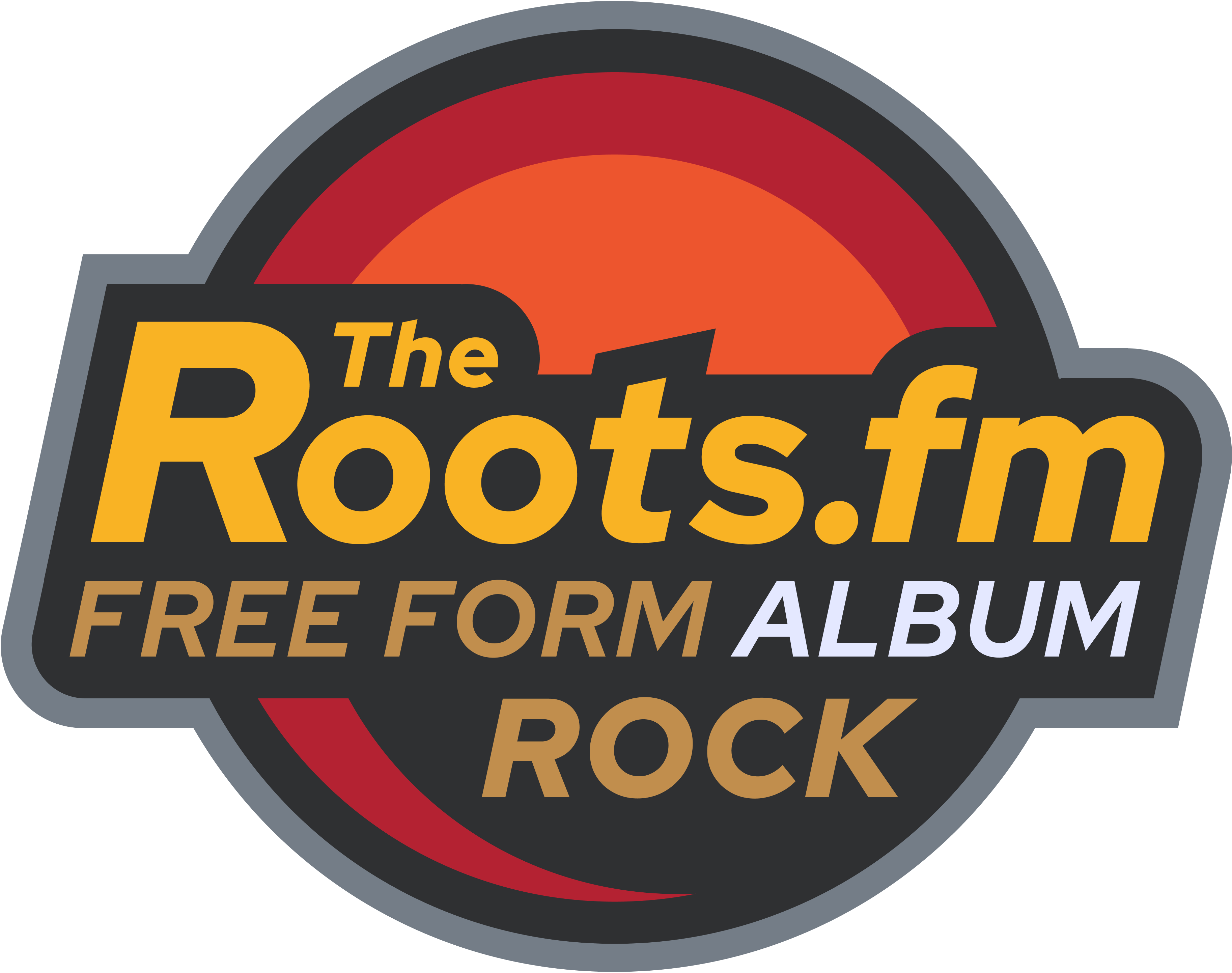The Roots Behind The Curtain
by Jerry Meyer, Roots Archivist
What does an archivist do at the Roots? I am responsible for curveting albums that we have available for the DJ to play. I make sure the tagging of the songs is correct. This information includes the Artist, Album Name, Release date, and length. This is the information you see on The Roots mobile app and most WEB players.
We also use the tag information to build reports detailing every song we play. Then each song is multiplied by the number of people listening each time we play it. And this total is multiplied by the licensing fee we pay. This is easier to see when expressed in an equation.
(Each Song Title) X (number of people listening each time it is played) X the fee paid to the Copyright holder (usually a Record company). Then we do the same thing for the authors—an average of 350 songs per day or 127,750 songs per year. Great Music is not free.
We are constantly looking for the best versions of every song we play. How I go about this depends on the source. When someone has a CD or album we do not have, I always ask if I can borrow it for a short time. If it is a CD, I use the Exact Audio Copy program to extract the songs for the CD. If the source is an album, I use Wavelab to pull the album into a large wave file. I then comb the wave file and cut it into individual wave files. We have purchased thousands of CDs and LPs from record stores, individuals, and even Amazon.
At this point, I use a program called FLAC, a free lossless audio copy, to reduce the wave file’s size while keeping the audio’s integrity and quality, which is critical at The Roots. We will avoid playing an MP3 format file if at all possible. Most computer operating systems can utilize the FLAC file like a wave file. Wave files, whether from an album, CD, or downloaded from the web, are run through a program called MusicBrainz Picard to tag the files with the information needed to track every song we play and to pay the bills.
The album, however you want to refer to a release, is then uploaded to the library that the DJ can choose from for their shows. My job as an archivist is not over. As you know, bands always like to release a remix, remaster, or anniversary release. I will run the two versions for remasters through different programs to see which one is a better release. One program called SIP checks to know the frequency response of the release. The other one I depend on is the Dynamic Range Meter. If the new release shows a better version, I will go into the collection and change out the old for the new. Each release’s extras are available to the DJ to use as a selection.
Our music collection consists of over one million songs or tracks. We keep redundant copies of every song, storing one in the cloud and the active version on our NAS (network attached storage) system. We treat every song equally from discovery to evaluation of audio quality and tag data retrieval before finally bringing this valuable creative work into our database. Many will never be heard on the air. But they will sit and wait to be retrieved instantly to become part of a creative music set custom built by our DJs and producers.
Then I get to “sit back” and listen to the DJ do their job, as they do so well, on The Roots.


what are the numbers of the station so I can find on my radio dial?? SORRY. That should be listed everytime ROOTS.FM is .
Darrell,
We are not an FM station at this point, we are working on that. if you go https://theroots.fm/how-to-listen/ You will fine many ways to listen.
John